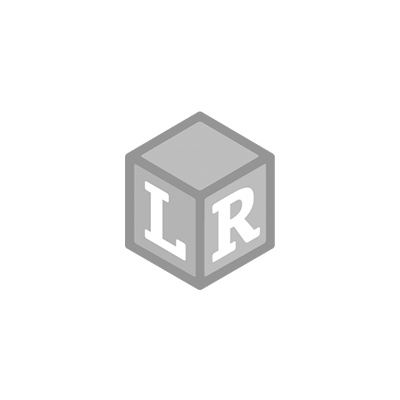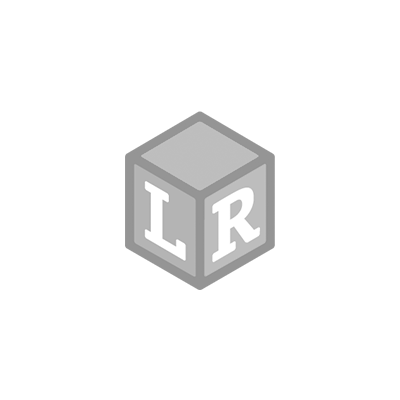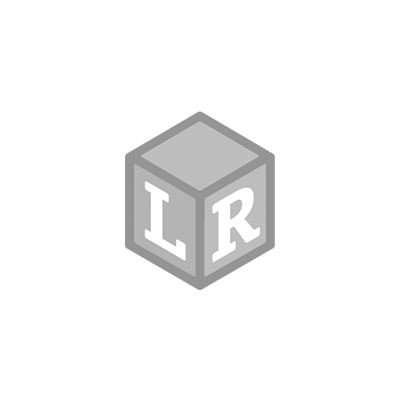Become a Scientist for the day! Hands-on Science activities to try at home
- EI Editor Posted On Nov 10, 2016 | Seasonal Fun
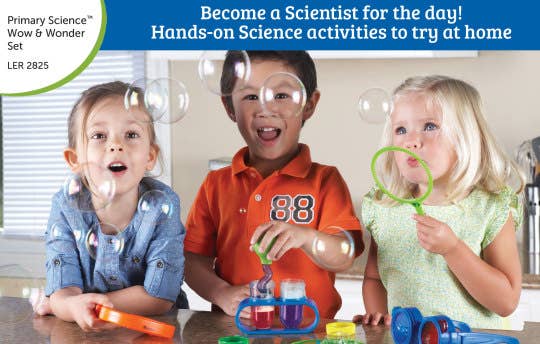
To help children discover how science is relevant to everyday lives, we’ve put together some easy-to-follow hands-on science experiments that will inspire your young learners at home. They all use everyday ingredients from your kitchen cupboard such as vinegar, baking soda, water and lemonade!These experiments use tools that can be found in our Primary Science Lab Set but can be substituted for household items.
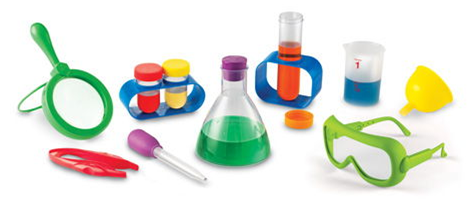
Erupting Volcano
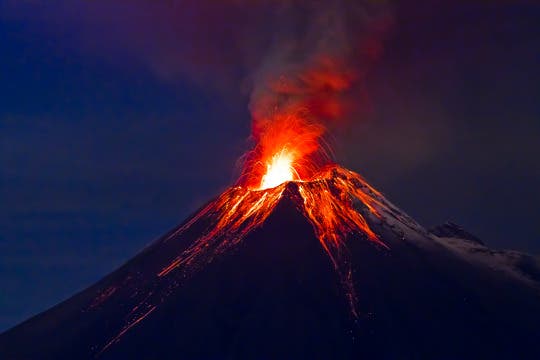
You will need:Bicarbonate of soda, vinegar, paper towels, red food colouring, water, beaker, test tubeInstructions:1) Place a beaker on a layer of paper towels (this will be the volcano)2) Half fill the beaker with water3) Add 2 heaped spoonfuls of bicarbonate of soda to the water and stir well4) Pour some vinegar into a small test tube and add 5 drops of red food colouring. Put the lid on and shake.5) Pour the contents of the small test tube into the beaker.6) Watch the lava erupt from this mini volcano!Why does this happen? Acids and bases react to make bubbles of foam called carbon dioxide
Dancing Raisins
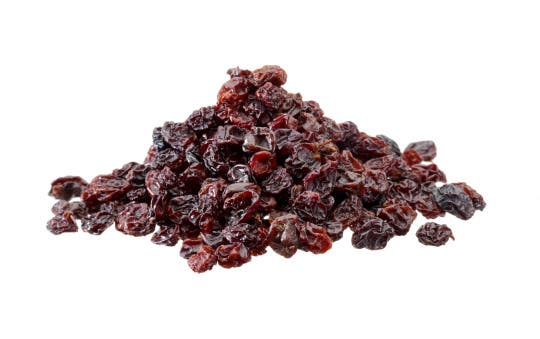
You will need:Lemonade, raisins, beaker, magnifying glassInstructions:1) Fill a beaker with fizzy lemonade2) Put five raisins into the lemonade3) Use the magnifying glass to observe the raisins4) Can you see the raisins moving in the beaker?Why does this happen?Tiny bubbles from the fizzy drink collect on the raisins and cause the raisins to float to the top. When the bubbles pop, the raisins sink again.The fizz in fizzy drink is called carbon dioxide. Carbon dioxide is a gas that creates bubbles.
Shiny Pennies
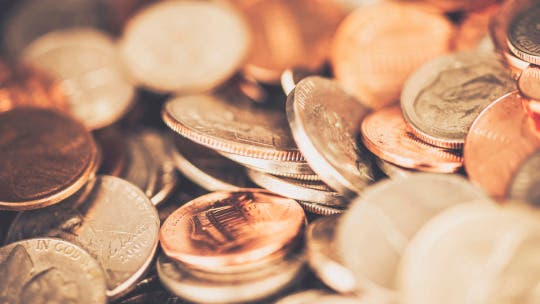
You will need:Dull pennies, water, lemon juice, paper towels, two test tubesInstructions:1) Drop a penny in each test tube2) Label your test tubes 1 and 23) Pour water into test tube 1 and close the lid4) Pour lemon juice in to test tube 2 and close the lid5) Wait ten minutes and then remove the pennies from the test tube. Place them on a paper towel to dry6) Which penny is shinier?The penny that was in the lemon juice is shinier because the lemon juice is an acid and the acid broke down the tarnish on the penny.Why does this happen?Lemon juice is an acid. Water is not an acid.
What’s that smell?
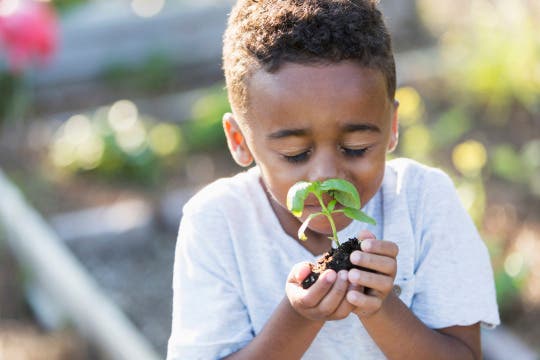
You will need: Cotton balls, 2 small test tubes, tweezers, variety of items with a distinct smell such as coffee, cinnamon, flower petals, vanilla, perfume etc.Instructions:1) Place one item to smell in each test tube2) Ask your child to sniff each test tube without looking. Can they correctly identify each smell?3) Repeat this experiment with new smells.4) Try pouring a bit of liquid, like perfume or vanilla extract onto a cotton ball. Then use the tweezers to drop the cotton ball into the test tubes.Why does this happen?Your sense of smell is one of your five senses.The Primary Science Lab Set contains ten activities and real science tools sized perfectly for little hands. Discover more about our Primary Science range on our website!
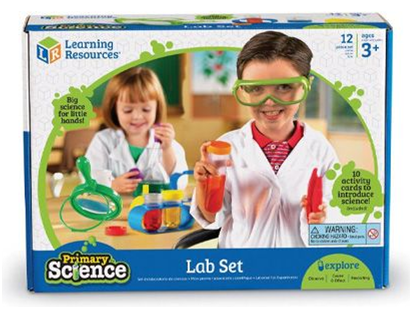
#LoveLearning


